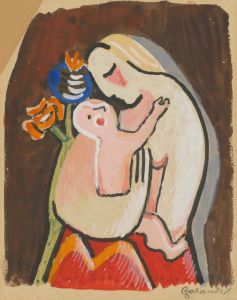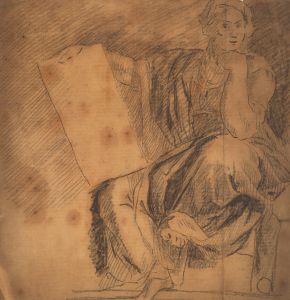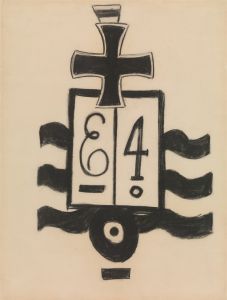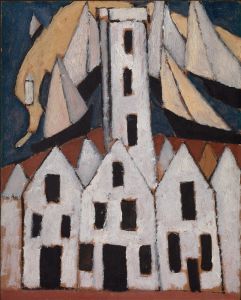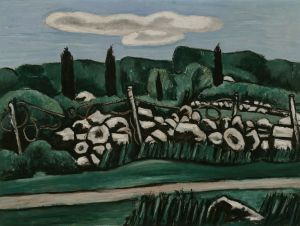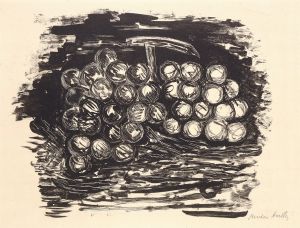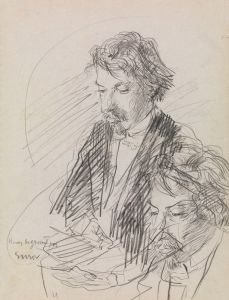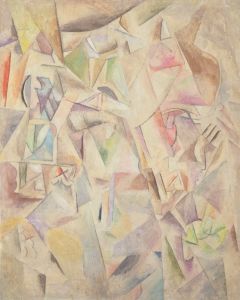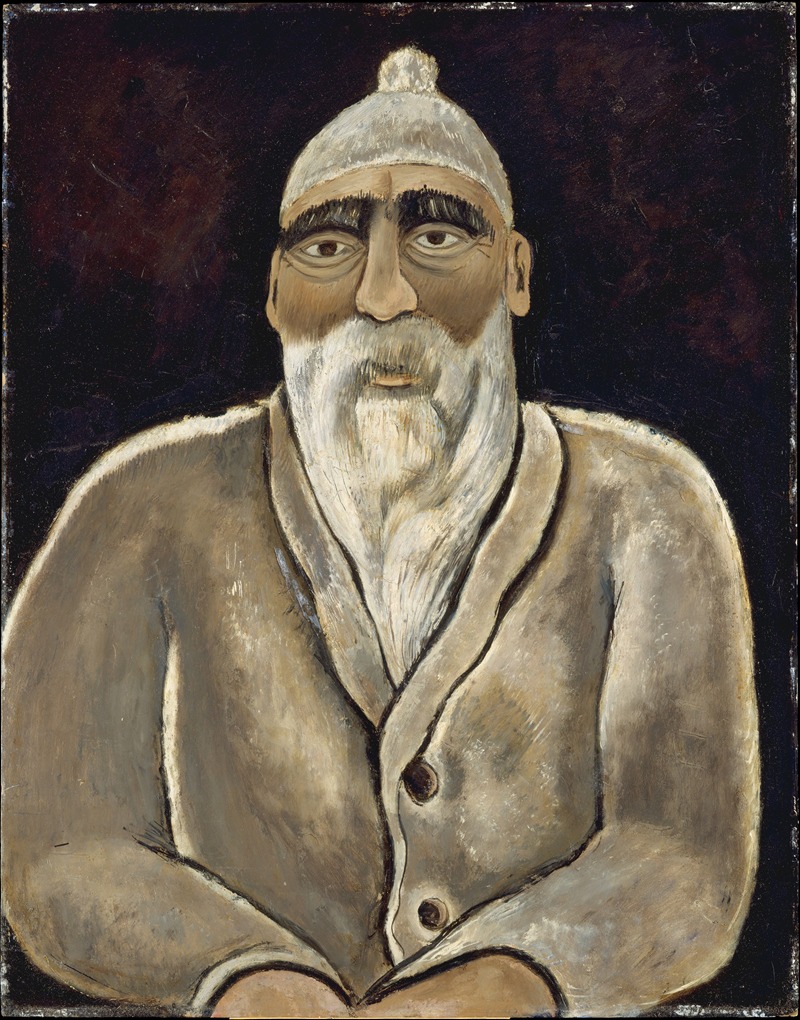
Albert Pinkham Ryder
A hand-painted replica of Marsden Hartley’s masterpiece Albert Pinkham Ryder, meticulously crafted by professional artists to capture the true essence of the original. Each piece is created with museum-quality canvas and rare mineral pigments, carefully painted by experienced artists with delicate brushstrokes and rich, layered colors to perfectly recreate the texture of the original artwork. Unlike machine-printed reproductions, this hand-painted version brings the painting to life, infused with the artist’s emotions and skill in every stroke. Whether for personal collection or home decoration, it instantly elevates the artistic atmosphere of any space.
Marsden Hartley's painting "Albert Pinkham Ryder" is a notable work that pays homage to the influential American painter Albert Pinkham Ryder. Hartley, an American modernist painter, created this piece as part of his broader exploration of American art and its pioneers. Ryder, known for his mystical and moody seascapes and landscapes, was a significant influence on Hartley and many other artists of his time.
Marsden Hartley was born in 1877 in Lewiston, Maine, and became one of the leading figures in American modernism. His work is characterized by bold colors and forms, often reflecting his interest in spirituality and the natural world. Hartley was deeply inspired by Ryder's work, which was known for its emotional depth and innovative use of color and form. Ryder's paintings often depicted allegorical themes and were imbued with a sense of mystery and romanticism, qualities that resonated with Hartley.
The painting "Albert Pinkham Ryder" by Hartley is a tribute to Ryder's impact on American art. While specific details about the painting's creation and its current location are not widely documented, it is understood that Hartley sought to capture the essence of Ryder's artistic spirit. Hartley's admiration for Ryder is evident in the way he approached this work, likely incorporating elements that reflect Ryder's unique style and thematic concerns.
Albert Pinkham Ryder, born in 1847 in New Bedford, Massachusetts, was a prominent figure in the American art scene during the late 19th and early 20th centuries. His work is often associated with the Symbolist movement, and he is celebrated for his ability to convey profound emotion and atmosphere through his paintings. Ryder's influence extended beyond his lifetime, impacting a generation of artists who sought to break away from traditional artistic conventions.
Hartley's painting serves as a bridge between the artistic traditions of the 19th century and the modernist movements of the 20th century. By honoring Ryder, Hartley acknowledges the foundational role that Ryder played in shaping the trajectory of American art. This connection underscores the continuity and evolution of artistic expression in the United States, highlighting the ways in which artists build upon the legacies of their predecessors.
In summary, Marsden Hartley's "Albert Pinkham Ryder" is a significant work that reflects the deep respect and admiration Hartley had for Ryder. It stands as a testament to Ryder's enduring influence on American art and Hartley's commitment to exploring the complexities of artistic identity and heritage. Through this painting, Hartley not only pays tribute to a pioneering artist but also contributes to the ongoing dialogue about the nature of art and its capacity to transcend time and place.






